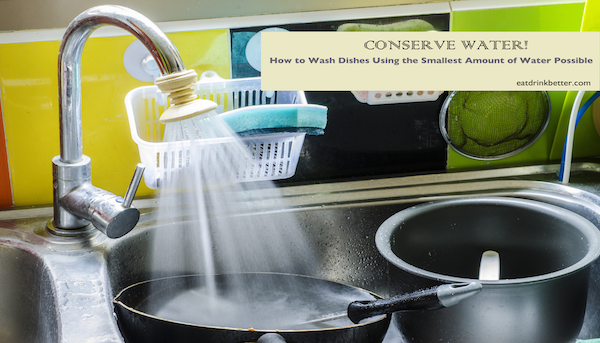Here is part two of our article on how to not let pound after pound of wasted food end up in a trash bag outside the back door. Did you miss part one? You can check out tips 1-4 right here!
5. Monitor Your Trash
Take a one-week period and watch what goes into your garbage. Don’t just take a mental note; write it down in a notebook for analysis and adjust your habits accordingly.
Did you toss out a partial box of stale cereal? Purchase a smaller box or find a more airtight way to store it next time. Are you seeing a lot of tossed out leftover food? Either prepare a smaller quantity next time or make a concerted effort to eat the rest in the few days following the meal. Check out how the United Kingdom is already way ahead of the United States when it comes to reducing food waste.
6. Check Your Refrigerator Settings
Setting your fridge at exactly 39 degrees will keep your food safe and make it last longer. Studies indicate that the average fridge temperature is about 41 degrees, causing food to spoil more quickly. Using a fridge thermometer will allow you to maintain a perfect setting.
7. Shop More Frequently
Reducing food waste can start by making more trips to the store.
When you make that weekly trip and spend $300 in one fell swoop, you end up buying more vegetables and fruits than you could ever eat in a single week, and they end up being wasted. Supplement your weekly shopping with some smaller trips to replenish your produce and other perishables.
8. Freeze Leftovers
Not going to eat those leftovers anytime soon? Freeze them in individual servings for easy thawing.
Make sure to use a wrap that is freezer-grade. Even leftover ingredients, like tomato paste or broth, can be frozen for use later. Nuts become rancid after prolonged exposure to room temperature, yet will last nearly forever when frozen, since the oils are stabilized by the cold. Extra fruit can be stored in the freezer, as well, and then used in baking or a smoothie.
9. Buy Locally
That broccoli that just arrived at your local grocery store has probably already traveled for eight days just to get there. Since its life span is only twice that, you are left with little time for purchase and consumption.
We all don’t live in California, where there is in-season produce throughout the year, but the rest of us can still commit to buying products that are as local as possible, so our perishables will last as long as possible.
10. Understand What Labels Mean
There is a distinct difference between a sell-by date and a use-by date. The date listed as “sell-by” indicates the last day you should purchase the item from the store, yet you don’t have to consume the product immediately or by that date.
A “use-by” date indicated the last date that the product is at optimal freshness and quality. However, many products, when properly stored, are fresh long after their use-by date. The best indicator of a food starting to go bad is an odd texture, color, or odor.
11. Compost
If you do have food go bad, toss it into the compost bin rather than the trash. Just make sure that you know what you can and cannot compost. Throwing the wrong food items into the compost pile can mean disaster.
What do you do to reduce your food waste? Share away in the comments!
Image Credit: Food Waste photo via Shutterstock





